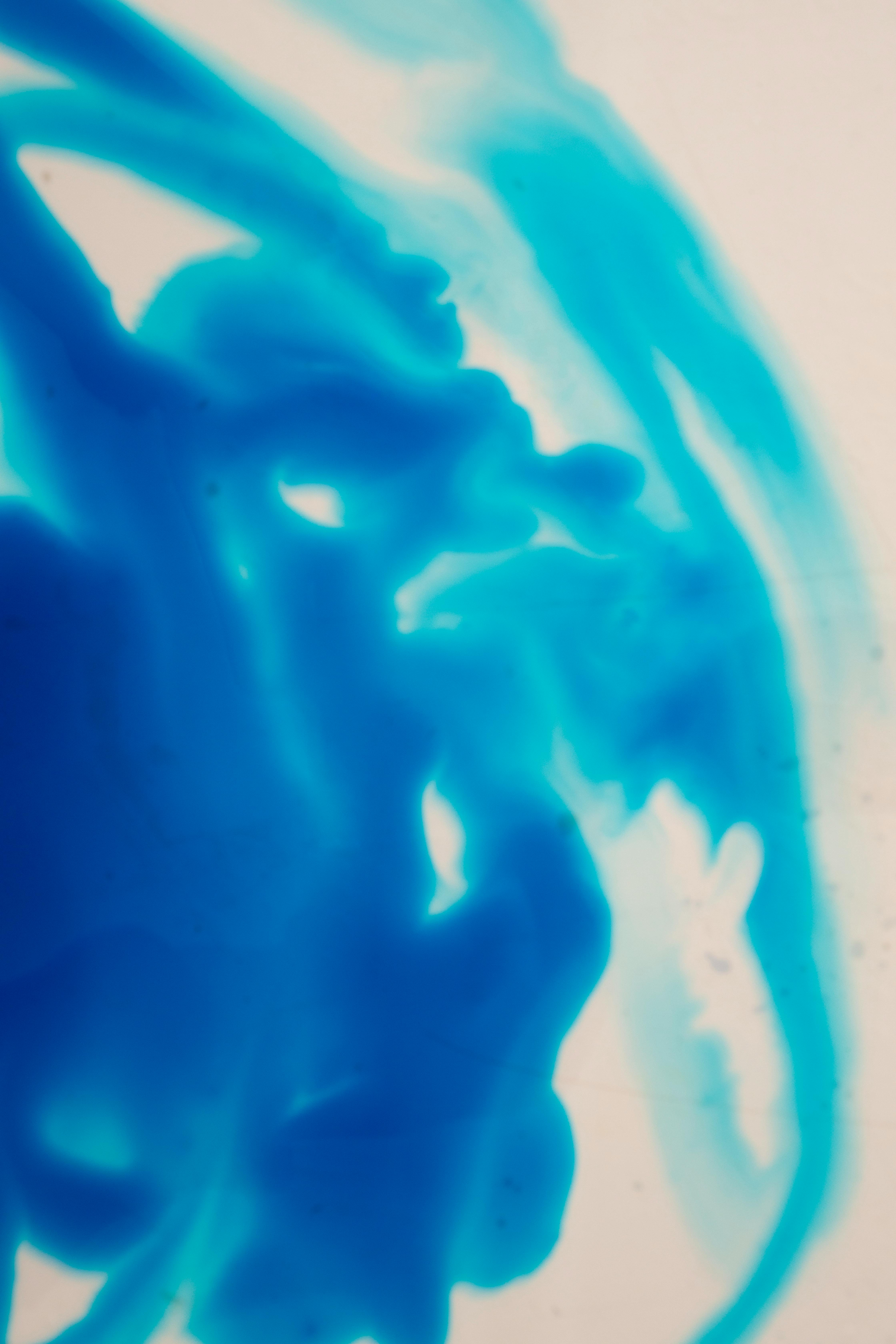Into the blue: Blue wavelength light for the BYONIK laser
Aug 9, 2024

A new addition to the BYONIK laser has arrived at Katie England and we can’t wait to introduce you to it. Blue wavelength light makes the offering and possibilities of the BYONIK laser even greater.
While each laser offers unique benefits based on its distinct wavelength, what are the key differences between them? Read on to discover the differences between these lasers and explore the notable advantages of the blue laser in particular.
Red vs. Blue
In a nutshell, red wavelength light targets inflammation and preservation. Blue light is antibacterial, aiming to eliminate bacteria and provide environmental defence.
Red Laser: Targeting Inflammation and Preservation
The red laser operates at a longer wavelength, which allows it to penetrate deeper into the skin. This makes it particularly effective for treating various skin conditions associated with ageing and sensitivity. Some of the key benefits of red laser are:
Age-preserving Effects: Red lasers are known for their ability to combat signs of ageing, such as fine lines, wrinkles, and uneven skin tone. They help in collagen production, which is essential for maintaining skin elasticity and firmness.
Reducing Inflammation: They are beneficial for inflammatory skin conditions, including eczema, psoriasis, and dermatitis. Red lasers can help reduce redness, swelling, and bruising, making them ideal for sensitive or compromised skin.
Hydration and Healing: These lasers assist in treating dehydrated and dry skin by promoting better moisture retention and aiding in the healing of damaged skin.
Blue Laser: Antibacterial and Environmental Defence
Blue laser, on the other hand, have a shorter wavelength. Blue wavelength light is particularly known for its broad-spectrum antimicrobial and antibacterial properties. This means it can target and eliminate bacteria, making it highly effective in treating acne and rosacea. By absorbing chromophores (porphyrins) inside the bacterial cell, blue light disrupts the cycle of acne-causing bacteria and prevents the formation of papules and pustules.
Blue light helps reduce inflammation and oxidative stress, which are key contributors to signs of skin wearing and damage. In stabilising the skin's pH balance and protecting against environmental aggressors, it thereby supports a healthy skin microbiome.
Blue laser is ideal for blemish-prone skin. In particular, those struggling with acne, rosacea, or inflamed and congested skin. It not only helps in clearing existing blemishes but also prevents future breakouts by maintaining a balanced and healthy skin barrier.
Phototherapy and the Role of Blue Light
In phototherapy, blue light is often used to treat acne, rosacea, and micro-inflammations. It works by diffusing environmental toxins and reducing pro-inflammatory cytokines, which can lead to skin inflammation and erythema. This makes blue light a powerful tool in promoting healthier skin ageing and maintaining overall skin health.
The Blue Laser Advantage
While both red and blue lasers offer significant benefits, the versatility and targeted action of blue lasers make them particularly valuable for individuals with specific skin concerns like acne and rosacea. Its ability to provide a broad-spectrum antimicrobial effect, coupled with its anti-inflammatory properties, positions the blue laser as a top choice for managing and preventing skin issues associated with bacterial infections and environmental stressors.
Our skin specialist team will gladly talk to you more about both options at your next booking. And you don’t have to decide a thing as through consultation, the team will determine which light to use to ensure you get the best result and a clearer and healthier complexion at the end of your course or facial.
BYONIK laser is available as courses of three or six sessions or the SKIN 90 facial.
Book your next SKIN 90 facial online or email us to make your course booking: contact@katie-england.com
Contact
